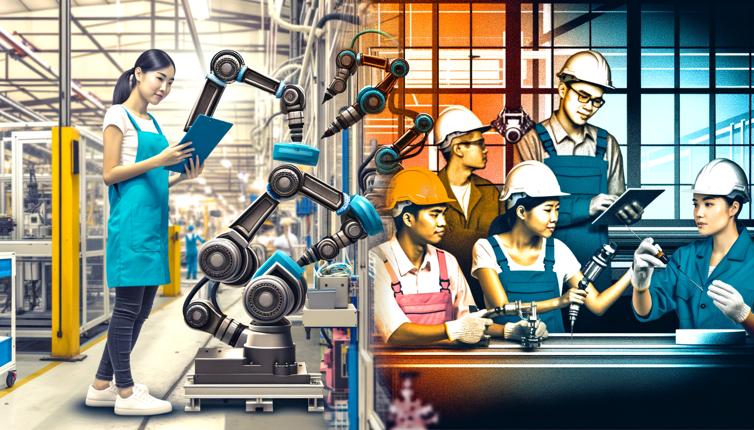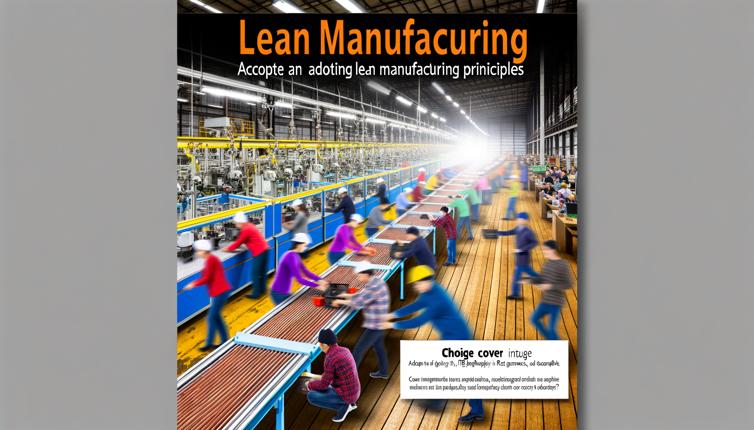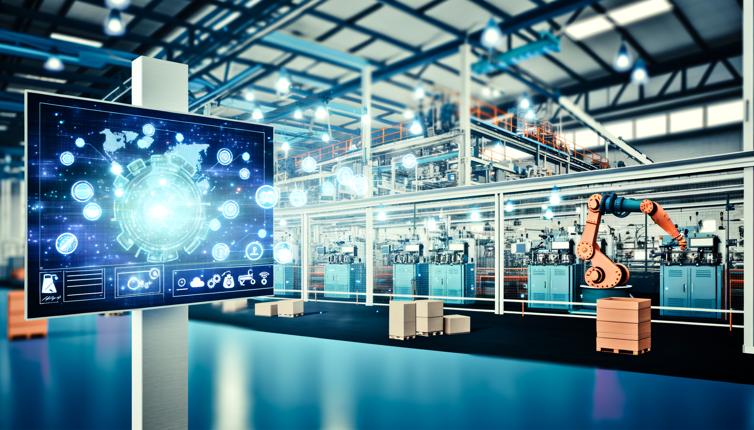1. The Rise of Robotics in Industrial Manufacturing
Robots have become increasingly prevalent in industrial manufacturing in recent years.,They offer numerous advantages such as increased productivity, improved product quality, and reduced labor costs.,Robots can perform repetitive tasks with precision and consistency, leading to higher efficiency and fewer errors.,They can also work non-stop without breaks or shifts, allowing for continuous production.,Furthermore, robots can be programmed and reprogrammed easily, making them highly adaptable to changing production needs.,These factors make robots an attractive option for companies looking to streamline their manufacturing processes.
2. The Role of Manual Labor in Industrial Manufacturing
Although robots offer many benefits, manual labor still has its place in industrial manufacturing.,Skilled workers can bring a level of craftsmanship and attention to detail that robots may struggle to achieve.,They can quickly adapt to unexpected changes or problems on the production line and make adjustments accordingly.,Human workers also have a unique problem-solving ability and can think creatively to overcome challenges.,Additionally, manual labor provides job opportunities for workers, especially in regions where automation may lead to job losses.,It is important for businesses to consider these factors when deciding between robotics and manual labor.
3. Making Informed Decisions for Industrial Manufacturing
When considering robotics versus manual labor, it is crucial for businesses to assess their specific needs.,Firstly, they should evaluate the nature of their manufacturing processes and determine which tasks can be automated effectively.,Complex and intricate tasks may still require manual labor to ensure quality and precision.,Next, businesses should consider the cost implications of implementing robotics.,While initial investment costs may be high, long-term savings in labor costs and increased productivity should be weighed.,Furthermore, companies should assess the availability of skilled labor in their industry and location.,If skilled workers are readily available and can contribute significantly to the manufacturing process, manual labor may be a more viable option.,Lastly, businesses should also consider the potential impact on workforce morale and job security.,Implementing robotics may lead to concerns among employees about their job stability.,Communicating openly and involving workers in decision-making can help alleviate these concerns.,By carefully evaluating these factors, businesses can make informed decisions that align with their goals and values.
Conclusion
In conclusion, both robotics and manual labor have their pros and cons in industrial manufacturing.









